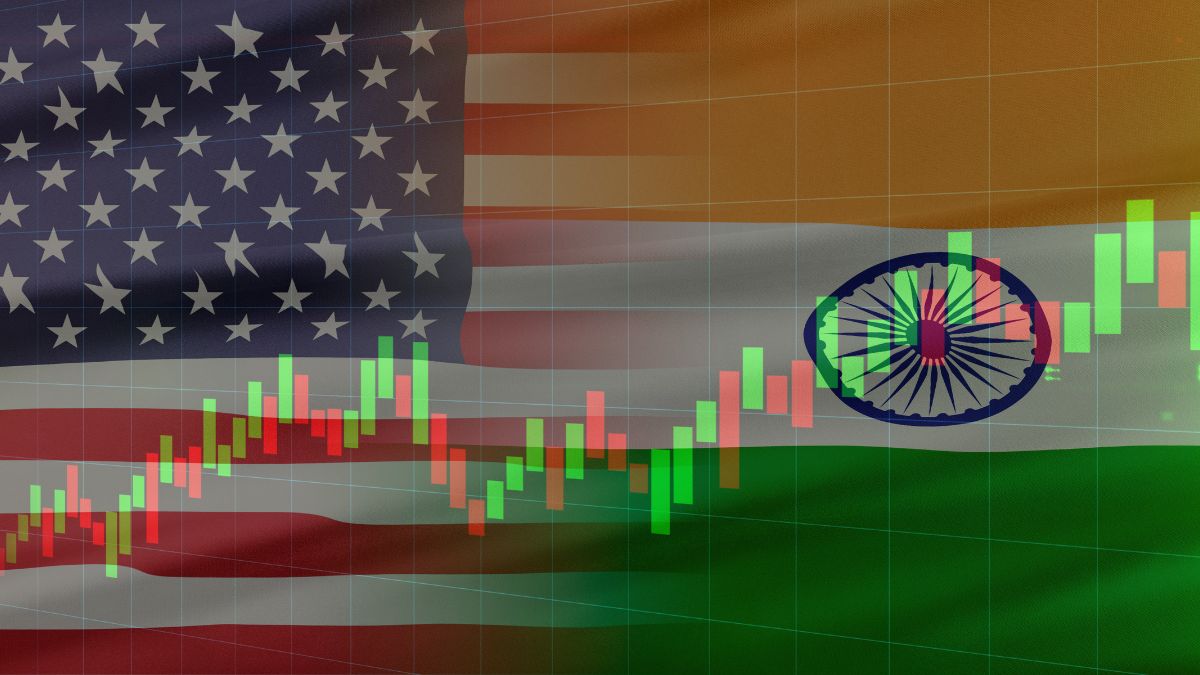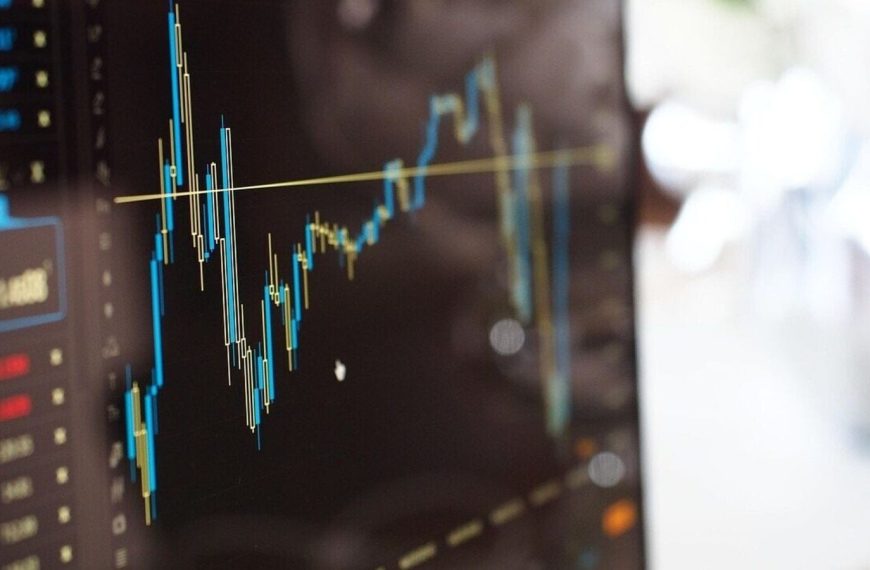In recent weeks, the U.S. stock market has taken a sharp turn towards increased volatility, significantly outpacing the Indian stock market in terms of risk. This shift began following President Trump’s announcement concerning new tariffs, which has sent ripples of uncertainty through the financial landscape. As both markets grapple with rising risk levels, the implications for investors and the broader economy cannot be overlooked.
Understanding Market Risk Through VIX Indices
To gauge and compare market risk effectively, analysts often turn to the options market. Two key indicators emerge: the VIX index for the S&P 500 in the United States and the Nifty VIX for the Indian Nifty Index. These indices, derived from options pricing, provide insights into expected volatility.
- A higher VIX indicates greater market risk.
- The past year has shown that the U.S. and Indian markets largely maintained similar risk profiles until April 2025.
Recent Trends in Volatility
Historically, between May 2024 and March 2025, the average India VIX hovered around 15.0, while the U.S. VIX was slightly higher at 16.8. However, since April 2025, the dynamics have changed dramatically. The average India VIX has risen to 16.8, but the U.S. VIX has surged to an alarming 33.4. This stark difference highlights two critical conclusions:
- The U.S. stock market has become significantly more volatile compared to its Indian counterpart.
- Both markets are experiencing heightened risk compared to previous levels.
Impact of Increased Volatility on the Economy
So, what does this surge in volatility imply for the economy? Elevated volatility signals greater economic uncertainty. With ongoing questions regarding the final details of U.S. tariffs, businesses face challenges in predicting future profits and stock valuations, leading to increased levels on the VIX indices.
- Businesses may hesitate to invest, preferring to wait for clearer economic signals.
- Consumers might delay significant purchases, such as cars, due to job security concerns linked to business investment decisions.
This collective hesitation can stifle economic activity, even if the anticipated tariffs are ultimately not implemented.
Implications for the U.S. and Indian Economies
The current landscape indicates that the uncertainty stemming from U.S. tariffs will likely exert the most significant negative impact on the U.S. economy when compared to India and other nations. Moreover, while the Indian market is less risky, it too will feel the effects of heightened volatility.
It’s important to recognize that market perceptions can be inaccurate. Individual investors may hold differing views from the prevailing market sentiment, which could present unique trading opportunities. Understanding the broader narrative the market conveys is essential for informed decision-making.
Expert Insights
Asad Dossani, an assistant professor of finance at Colorado State University, emphasizes the importance of analyzing market trends. With expertise in derivatives, monetary policy, and forecasting, Dossani’s insights prove valuable in understanding the intricacies of financial markets.
As always, while it’s informative to explore these trends and data points, prospective investors should seek advice from financial advisors before making decisions. This discussion serves purely for educational purposes.
Note: The author and their dependents do not hold any of the assets mentioned in this analysis.











